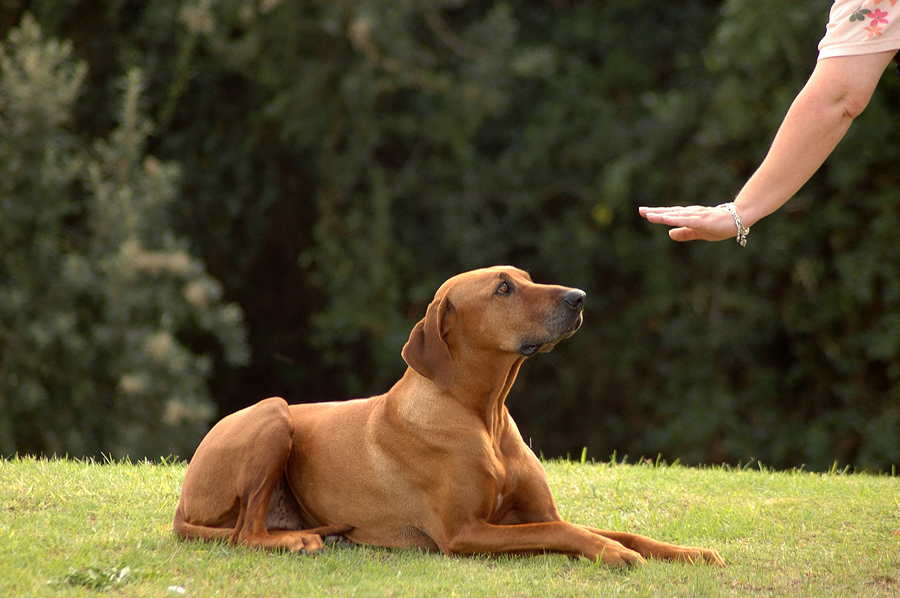Proven Canine training strategies for obedient dogs.
Master Crucial Commands: Reliable Dog Training Made Easy
Efficient pet dog training is a fundamental element of responsible pet dog possession, and grasping crucial commands serves as the foundation for a harmonious partnership in between handler and canine. Commands such as "Sit," "Remain," and "Come" not just facilitate communication but also promote a more secure environment. Employing positive reinforcement strategies can enhance the learning experience, yet several encounter obstacles in achieving constant results. Recognizing the nuances of canine behavior and the training procedure is key; however, the trip to a well-trained canine usually offers unexpected obstacles that need focus. What strategies can genuinely transform these challenges right into chances for growth?
Recognizing Your Pet dog's Habits
To grasp the subtleties of reliable pet dog training, it is important to damage down and evaluate your dog's actions. Dog training. Recognizing the motivations behind your dog's activities is important; habits can originate from reaction, fear, excitement, or a desire for interest. By observing your pet dog in numerous scenarios, you can identify patterns that might suggest underlying feelings or demands
For instance, a pet that barks excessively might be sharing boredom, anxiousness, or a requirement for social communication. On the other hand, a pet that exhibits devastating actions could be seeking excitement or alleviation from anxiety. Recognizing these triggers enables you to tailor your training approach effectively.
Additionally, it is essential to take into consideration the dog's type attributes, as they can affect habits considerably. Some types are predisposed to details characteristics, such as herding or securing reactions, which can impact their reactions to specific stimuli.
Lastly, consistency in your responses to your pet dog's actions fosters a much better understanding in between you and your pet dog. This mutual comprehension is foundational for constructing trust and helping with an efficient training procedure that supports both behavior adjustment and favorable reinforcement.
Crucial Commands to Show
Educating important commands is a basic facet of effective canine training, offering the structure for a well-behaved and receptive pet. These commands not only improve interaction in between the owner and the dog yet also make sure safety in different settings.
One of the most critical commands include "Sit," which urges your pet to continue to be stationary and calm; "Remain," which strengthens the idea of remaining in one area until released; and "Come," which is essential for remembering your pet dog from possibly harmful situations. "Down" educates pets to rest, advertising leisure and control, while "Leave it" aids stop dogs from getting unsafe or undesirable things.
" Heel" is an additional important command that encourages your dog to walk closely beside you, enhancing chain good manners. Finally, "No" functions as an essential boundary-setting command, helping to correct unfavorable behaviors.
Training Methods for Success
Reliable pet dog training counts greatly on employing a range of strategies that deal with both the dog's learning design and the proprietor's training objectives. One essential method declares reinforcement, which entails gratifying preferred actions with treats, praise, or play. This approach motivates the pet dog to repeat those behaviors, cultivating a strong bond between owner and pet.
:strip_icc()/young-woman-training-her-dog-686725227-588bab6d5f9b5874ee8bcef5.jpg)
An additional efficient strategy is remote control training, where a distinctive audio, made by a remote control, marks the specific minute a canine does a wanted activity. This precise timing assists pets associate the behavior with the benefit, improving their understanding.
Uniformity is crucial in all training methods. Developing clear commands and keeping the very same hints helps the pet grasp assumptions more rapidly. Furthermore, brief, appealing training sessions stop monotony and boost retention.
Integrating socialization chances is likewise important. Subjecting pets to different settings, people, have a peek at these guys and other animals assists them establish confidence and flexibility.
Last but not least, persistence plays a considerable duty in effective training - Dog training. Each pet finds out at their very own rate, and understanding this can lead to a much more pleasurable training experience for both the proprietor and the pet. Executing these strategies will certainly establish the foundation for reliable pet dog training
Common Difficulties and Solutions
Regardless of the best training strategies, canine owners commonly experience common challenges that can impede progression. When family participants use various commands for the same actions, it puzzles the pet, leading to inconsistent reactions.

In addition, some canines might display stubbornness or absence inspiration. This can commonly be resolved by including favorable support methods, such as treats or praise, to motivate desired behaviors. Tailoring incentives to what your pet dog locates most motivating can considerably improve their interaction.
Last but not least, anxiety or stress and anxiety can hinder progress in training. Identifying indicators of stress and changing the training rate as necessary is vital. Using progressive direct exposure to feared stimulations can help build self-confidence over time, promoting a much more effective training experience.
Keeping Uniformity and Persistence
Consistency and perseverance are vital in canine training, as they develop the foundation for attaining lasting behavior adjustments. Dogs flourish on regular and clear expectations; hence, keeping a consistent strategy in commands, benefits, and modifications click to find out more is important.
Canines, much like human beings, have varying finding out rates and may not understand commands instantly. Favorable support plays a vital role below, rewarding desired actions and aiding to foster a relying on relationship in between the dog and fitness instructor.
Verdict
Understanding vital commands is fundamental to efficient canine training, promoting enhanced communication and reinforcing favorable habits. The application of positive reinforcement techniques, paired with consistency and persistence, dramatically boosts the training experience for both the dog and trainer. Dealing with usual difficulties with practical solutions better supports the training process. Eventually, a trained dog not just displays etiquette but likewise establishes self-confidence, adding to a harmonious relationship in between the dog and its proprietor.